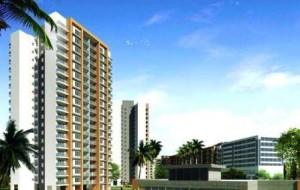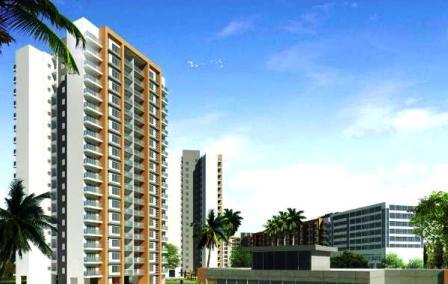By: Bhavna Modgil
Track2Realty Exclusive
 What goes into the strategic planning of an integrated township to make it a case study in flagship project? One such integrated township in Mumbai is Kohinoor City at Kurla Vidyavihar. Atul Modak, Head of Kohinoor City says, “What we considered was the need to provide plenty of recreational space and all ultra-modern amenities. It truly had to be a ‘city’ where all their needs and luxuries could be met. And so we conceived the township with a shopping mall, playground, auditorium, banquet hall, schools, hospital, educational complex, an innovative budget hotel with no compromise on service to customers. All this was to make sure that it would not be necessary for them to move out of Kohinoor City for anything. All they would need to do is reach out for them, and this has been done keeping every age group in mind.”
What goes into the strategic planning of an integrated township to make it a case study in flagship project? One such integrated township in Mumbai is Kohinoor City at Kurla Vidyavihar. Atul Modak, Head of Kohinoor City says, “What we considered was the need to provide plenty of recreational space and all ultra-modern amenities. It truly had to be a ‘city’ where all their needs and luxuries could be met. And so we conceived the township with a shopping mall, playground, auditorium, banquet hall, schools, hospital, educational complex, an innovative budget hotel with no compromise on service to customers. All this was to make sure that it would not be necessary for them to move out of Kohinoor City for anything. All they would need to do is reach out for them, and this has been done keeping every age group in mind.”
Sanjay Dutt, CEO–Business at Jones Lang LaSalle India agrees, “Residential conditions in our major cities are on an accelerated decline. There is a general shortage of infrastructure, increased air, water and noise pollution, and a rash of illegal and unorganised structures cropping up everywhere. Increasingly, home-owners face problems reaching emergency services, finding adequate parking and traversing pothole-riddled roads.”
“Given this depressing scenario, it has now been established that townships are the most suitable residential solution. The Government is now encouraging the development of such townships to reduce pressure on urban areas and to improve infrastructure. Also, townships attract foreign direct investment and make overall economic sense,” says Sanjay Dutt. Apart from FDI, integrated townships can also access extended commercial borrowings.
Everything in an integrated township needs to be self-sustainable. Many companies across India are planning such large scale, integrated townships, often using specific pegs like the IT and others. And it is not only in tier-I cities, developers are equally bullish on tier-II cities, and the reason is pretty obvious- availability of land on a larger scale and at a lower price.
The size of integrated townships can vary from as small as only 40 acres to some as large as 3,000 acres or more. Experts believe it should be positioned about 7-8 kilometres from tier-II cities and about 20-odd kilometers from tier-I cities. The cost of land about 7-8 km from a tier-II is about the same as land 20 km from a tier-I.
..…to be continued





